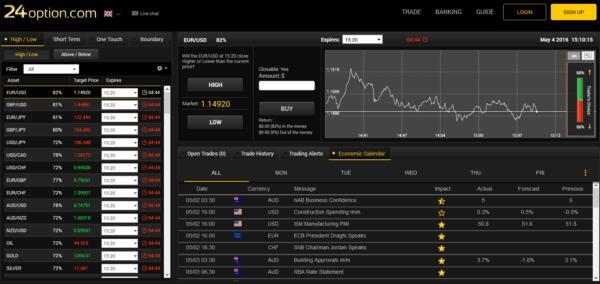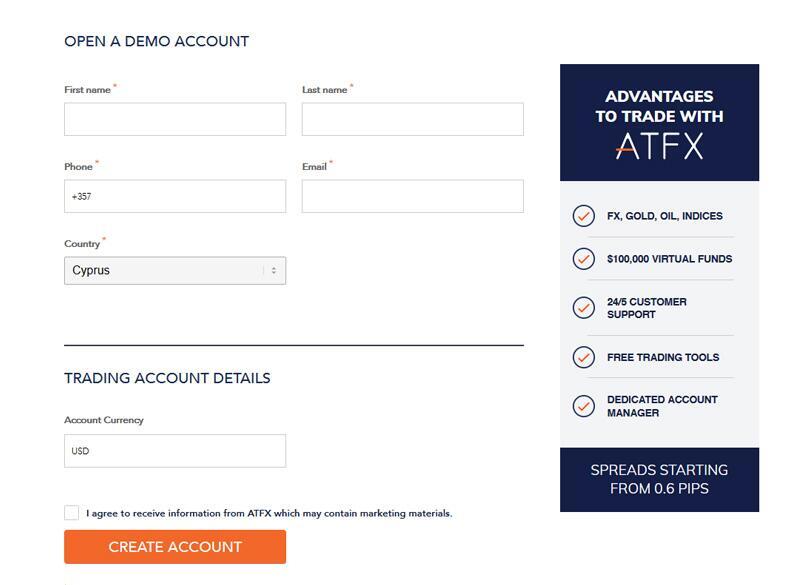Intrinsicly evisculate emerging cutting edge scenarios redefine future-proof e-markets demand line
Gallery Posts






Working Hours
| Mone - Fri: | 09:00 - 06:00 |
|---|---|
| Saturday: | 09:00 - 12:00 |
| Sunnday | 09:00 - 04:00 |
| Monday | 09:00 - 05:00 |

It is not intended to 100% accurately determine your accounting or financing since those calculations can only be done after all costs and production have occurred. It’s also a good idea to throw a little extra, say 10%, into your break-even analysis to cover miscellaneous expenses that you can’t predict. If you know the unit’s sale price and cost price and the business operating expenses, you can calculate the number of units you need to sell before you start making a profit. For each additional unit sold, the loss typically is lessened until it reaches the break-even point. At this stage, the company is theoretically realizing neither a profit nor a loss. After the next sale beyond the break-even point, the company will begin to make a profit, and the profit will continue to increase as more units are sold.

An IT service contract is typically employee cost intensive and requires an estimate of at least \(120\) days of employee costs before a payment will be received for the costs incurred. To calculate your contribution margin, subtract total variable costs from expected revenue. To illustrate the break-even point in sales dollars, let’s assume that a company has fixed expenses of $100,000 per year. In terms of its cost structure, the company has fixed costs (i.e., constant regardless of production volume) that amounts to $50k per year. Recall, fixed costs are independent of the sales volume for the given period, and include costs such as the monthly rent, the base employee salaries, and insurance. The contribution margin’s importance lies in the fact that it represents the amount of revenue required to cover a business’ fixed costs and contribute to its profit.
This means Sam needs to sell just over 1800 cans of the new soda in a month, to reach the break-even point. Sales Price per Unit- This is how much a company is going to charge consumers for just one of the products that the calculation is being done for. This calculator will help you determine the break-even point for your business. An unprofitable business eventually runs out of cash on hand, and its operations can no longer be sustained (e.g., compensating employees, purchasing inventory, paying office rent on time).
It’s also a useful figure to keep in mind when managing prices, operating costs and overhead. Let’s go over how to calculate a break-even point using two different methods. For an Entrepreneur, a break-even point is a great tool to know if your business or new product will be worth the investment or not. The break-even analysis makes it simple and easy to strategies and plan your next steps to make your business profitable.
Using the algebraic method, we can also identify the break-even https://online-accounting.net/ point in unit or dollar terms, as illustrated below.
In cases where the production line falters, or a part of the assembly line breaks down, the break-even point increases since the target number of units is not produced within the desired time frame. Equipment failures also mean higher operational costs and, therefore, a higher break-even. The break-even analysis is important to business owners and managers in determining how many units (or revenues) are needed to cover bookkeeping questions fixed and variable expenses of the business. For any new business, this is an important calculation in your business plan. Potential investors in a business not only want to know the return to expect on their investments, but also the point when they will realize this return. This is because some companies may take years before turning a profit, often losing money in the first few months or years before breaking even.
Companies have many fixed overhead expenses such as rent, salaries, taxes, and insurance. Add in the variable expenses of supplies, materials, research and development, labor costs, and marketing (among others), and you get total expenses. Total revenue, on the other hand, refers to the money a company earns by selling its goods or services. Determining an accurate price for a product or service requires a detailed analysis of both the cost and how the cost changes as the volume increases. This analysis includes the timing of both costs and receipts for payment, as well as how these costs will be financed.
Should You Continue to Work Even With Retirement Income?.
Posted: Wed, 06 Sep 2023 16:00:27 GMT [source]
However, calculating it manually might be a cumbersome task, especially when you have too much on your plate already. You can use any of the above-mentioned break-even point calculators to help you calculate the break-even point. Let’s take an example to understand better the break-even point formula and how to calculate it. Calculating the break-even point for a business is important to determine its profitability. Take your learning and productivity to the next level with our Premium Templates. In options trading, the break-even price is the price in the underlying asset at which investors can choose to exercise or dispose of the contract without incurring a loss.
Costs are fixed for a set level of production or consumption and become variable after this production level is exceeded. For example, fixed expenses such as salaries might increase in proportion to production volume increases in the form of overtime pay. In accounting terms, it refers to the production level at which total production revenue equals total production costs. In investing, the breakeven point is the point at which the original cost equals the market price. Meanwhile, the breakeven point in options trading occurs when the market price of an underlying asset reaches the level at which a buyer will not incur a loss. The break-even point is equal to the total fixed costs divided by the difference between the unit price and variable costs.
This $40 reflects the amount of revenue collected to cover the remaining fixed costs, which are excluded when figuring the contribution margin. The total fixed costs, variable costs, unit or service sales are calculated on a monthly basis in this calculator. Meaning that adding the total for all products and services monthly should account for all products and services. You may also want to do the calculation individually for each product or service if the products or service sales vary per month. It is also helpful to note that the sales price per unit minus variable cost per unit is the contribution margin per unit. For example, if a book’s selling price is $100 and its variable costs are $5 to make the book, $95 is the contribution margin per unit and contributes to offsetting the fixed costs.
Determine variable costs per unit and the number of units you expect to produce. Variable costs are expenses that change depending on the number of items produces. For example, if packaging costs $1 per unit and you produce 200 units, your packaging cost is $200; if you produce 500 units, your packaging cost is $500. Break-even analysis assumes that the fixed and variable costs remain constant over time. Costs may change due to factors such as inflation, changes in technology, or changes in market conditions. The break-even point is the moment when a company’s product sales are equal to its overall costs.
The total fixed costs are $50k, and the contribution margin ($) is the difference between the selling price per unit and the variable cost per unit. So, after deducting $10.00 from $20.00, the contribution margin comes out to $10.00. The break-even point is the volume of activity at which a company’s total revenue equals the sum of all variable and fixed costs. In Building Blocks of Managerial Accounting, you learned how to determine and recognize the fixed and variable components of costs, and now you have learned about contribution margin.